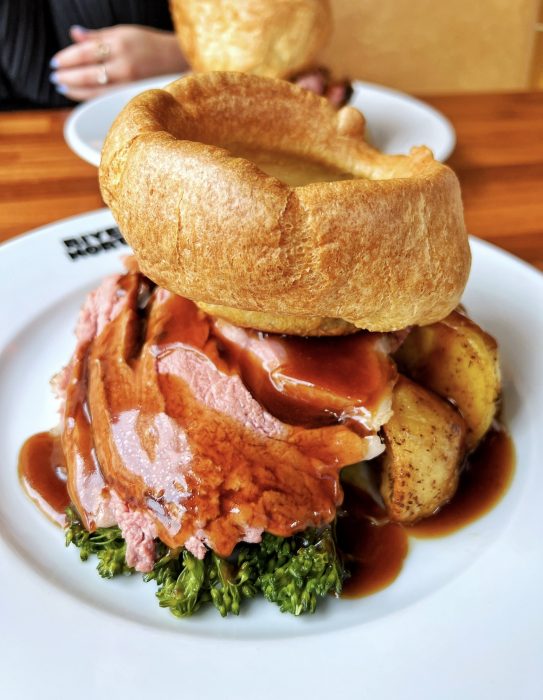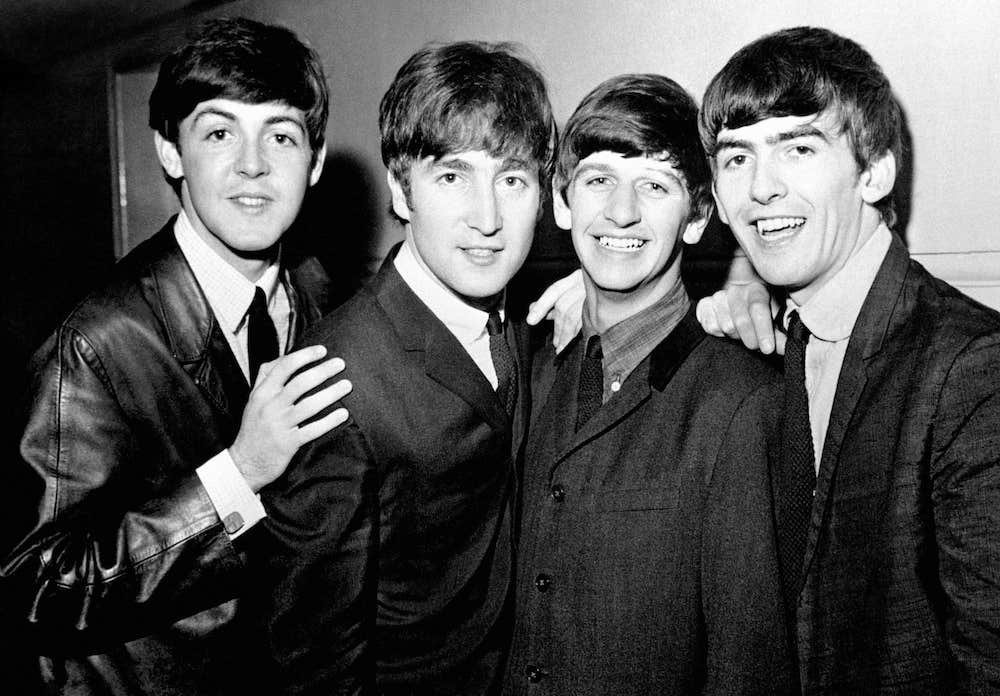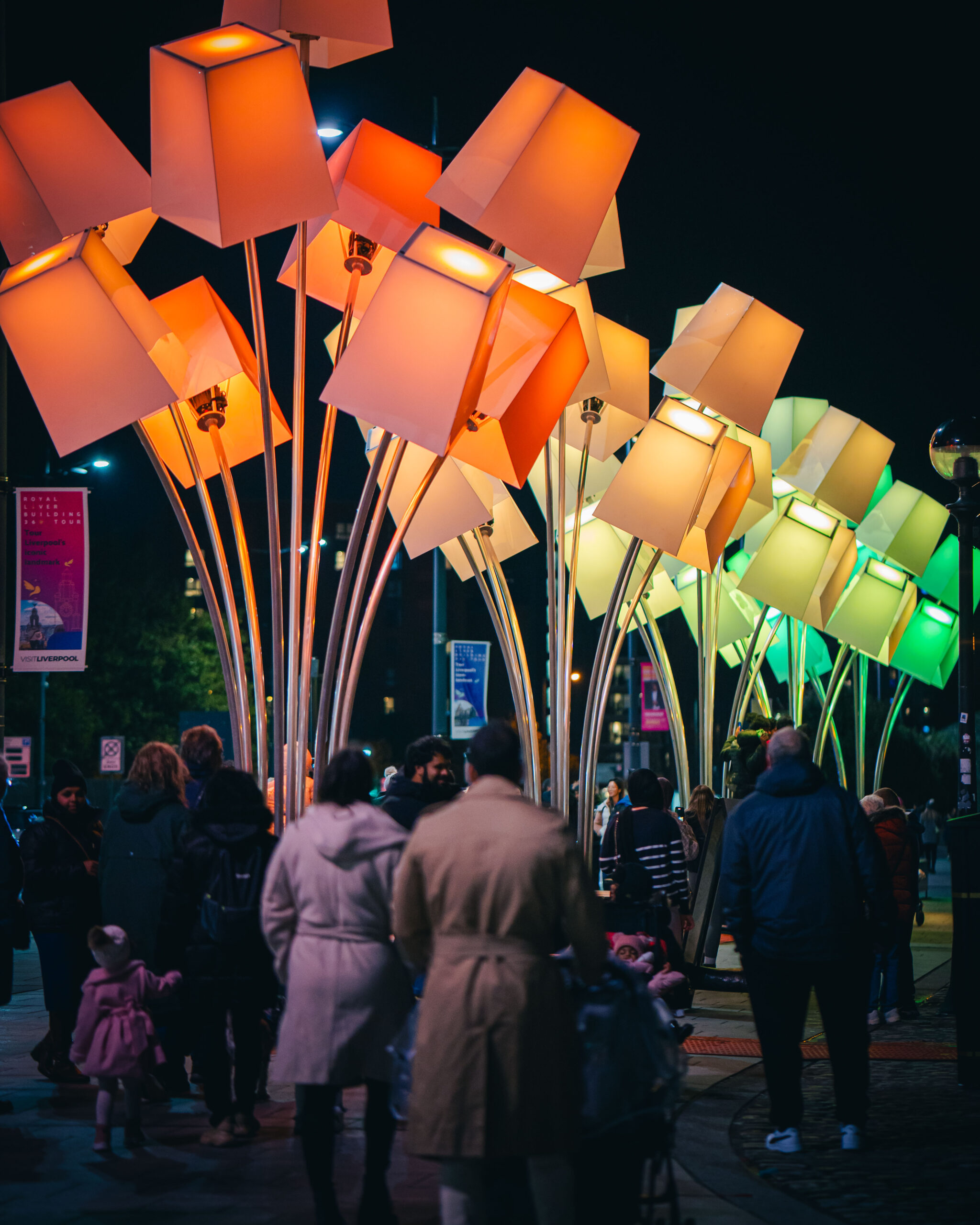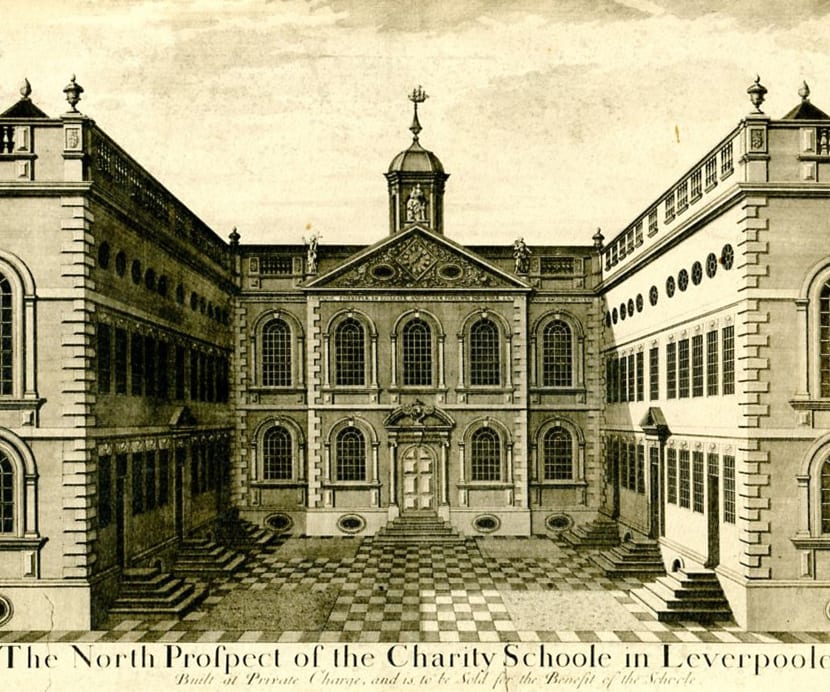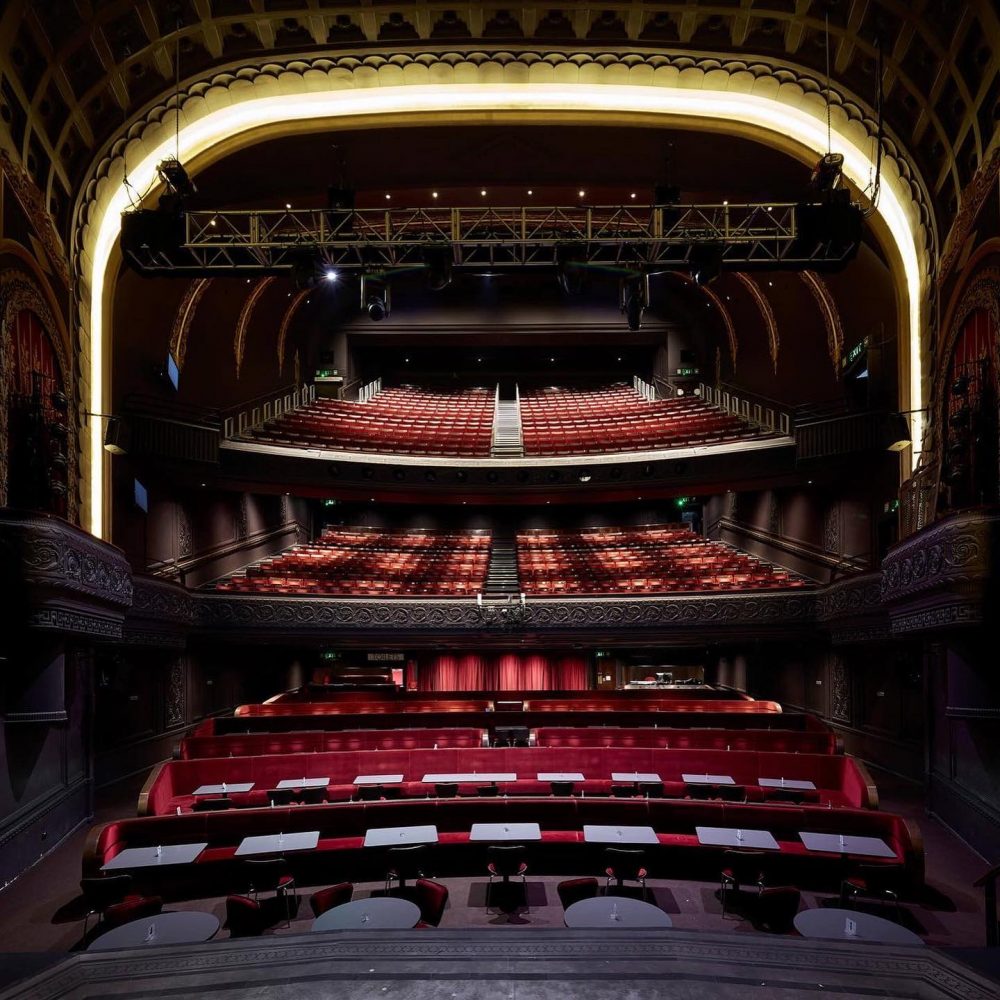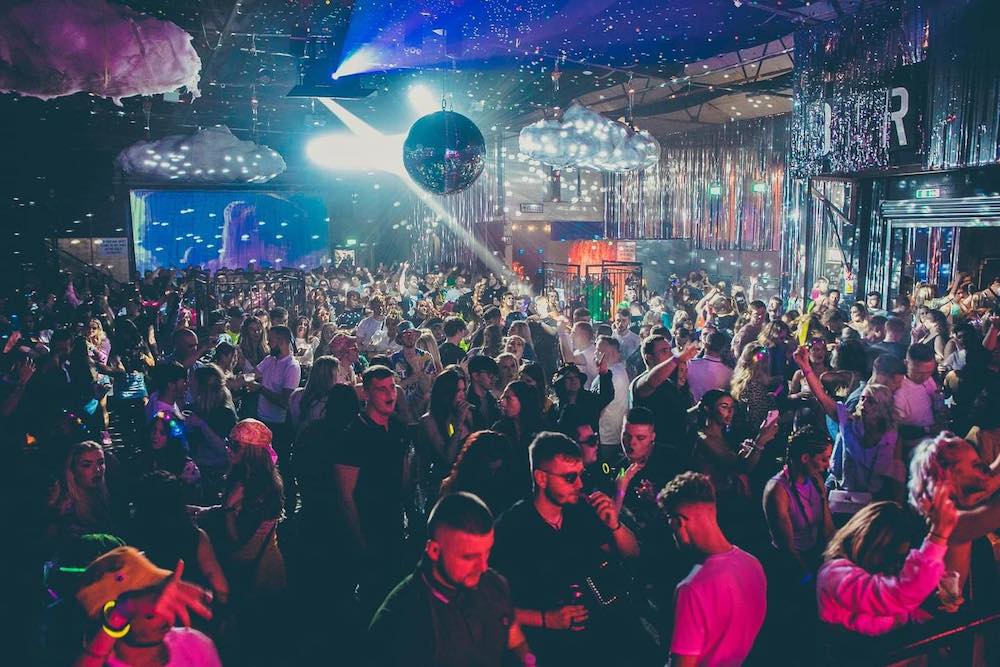
Uncategorised
30 fascinating facts about Liverpool
5 years ago
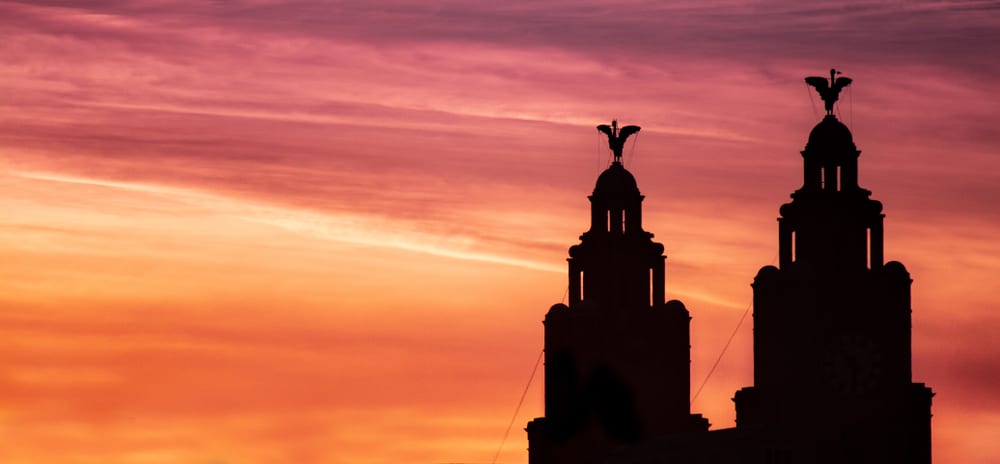
You know we love hearing fascinating Liverpool facts, so we thought we would thirty of our favourites for you.
This list of Liverpool facts could go on forever, as iconic cities go, Liverpool has always been an inspiring destination with a rich history and vibrant culture.
They didn’t call us The Second City of The Empire for nothing, but while you might be aware of more recent accolades, like our UNESCO World Heritage status, award-winning Hollywood exports like Jodie Comer, and the big plans that continue to shape up our skyline, here’s a few things you mightn’t be as familiar with…
1
You’ve heard of Stonehenge, but The Calder Stones you can find in the Harthill Greenhouses in Calderstones Park, are even older.
These six sandstone blocks were once a part of a chartered tomb, believed to be Neolithic, which means they were constructed before Stonehenge, somewhere between 10,000 BC – 4500 BC.
2
Liverpool is known as home to Europe’s longest established Chinese community, as well as boasting the largest Chinese Arch in Europe, but it’s also home to the oldest black community in the entire UK.
3
Born in 1809 at Nº62 Rodney Street, a Grade II property commission by his father, affluent merchant, John Gladstone, William Ewart Gladstone was Liberal Prime Minister and Chancellor of the Exchequer on four occasions from 1868 until 1894.
When Gladstone resigned for the final time, aged 84, he was Britain’s oldest Prime Minister.
4
The RSPCA was founded on Bold Street in October 1809 with the RSPCA Liverpool Branch now the longest established animal charity in the world.
5
You’ll find the greatest variety of historic paintings, specimens, objects, and over 80,000 artefacts – from a Titanic lifejacket to Egyptian, Greek, Roman and Anglo-Saxon collections – held under single ownership in the entire country at National Museums Liverpool.
The Guinness Book of Records holds Liverpool as The Capital of Pop with more Scousers hitting Nº1 than any other town or city, making us natural chart toppers.
7
After celebrating its 800th anniversary in 2007, we all remember Liverpool as European Capital of Culture in 2008, but it was also the first ever English city to be awarded the title, which generated over £750 million for the local economy.
8
Back in 1235, Liverpool Castle stood on the spot of the Victoria Monument opposite Castle Street, surrounded by a moat.
While an inland river provided drinking water for the area and flowed down what we now know as Whitechapel and Paradise Street.
9
In September 1830, the world’s first ever passenger railway line connected Liverpool’s Crown Street to Manchester’s Liverpool Road, influencing the development of major railway systems across Britain.
Built by George Stephenson, it was the first to rely on locomotives powered by steam, and the first to be entirely double-tracked, use a signalling system, have a timetable and carry mail. By 1893, Liverpool opened the world’s first overhead railway which was the first to use automatic and electric colour light signals.
10
Liverpool is so culturally diverse, that according to 2016 statistics, over 51% of people in the city speak a language other than English at home. In fact, more than 60 languages are spoken in the city every single day!
11
The world’s first set of all-female sextuplets were born at Oxford Street maternity hospital on Friday 18 November 1983 to Graham and Janet Walton from Wallasey. Watch as our Claire met Jan above at Liverpool Women’s Hospital.
12
Liverpool is one of the few UK cities mentioned in hit songs, including Long Haired Lover from Liverpool by Jimmy Osmond; Going Down To Liverpool by The Bangles; and In Liverpool by Suzanne Vega. Of course more “local” songs include The Mighty Wah’s Heart As Big As Liverpool and The Leaving of Liverpool by The Dubliners.
13
One of the biggest dates on the calendar, with over 150,000 people attending three-days of racing, The Grand National is also watched by an audience of around 600 million people worldwide.
14
They say size doesn’t matter, but the clock faces on the Liver Building are the biggest in the country at 25 feet, while Big Ben’s are only 23 feet in diameter. Not so big now, ‘eh Ben?
15
The Museum of Liverpool is the first new national museum built in the UK for over a century – and the world’s first national museum devoted to the history of a regional city.
16
Liverpool airport, better known these days as Liverpool John Lennon Airport, was the first provincial airport in the country when it opened on 1 July 1933.
17
Around 75% of Scousers have Irish roots, and Liverpool has the strongest Irish heritage of any UK city. Due to the close proximity of the ports, many people fled Ireland to escape The Great Famine between 1845 and 1849, and by 1851, more than 20% of Liverpool’s population was Irish.
18
2,500 listed buildings and 250 public monuments in the city make it the largest collection of Grade One listed properties, with more national museums and galleries than any city outside London!
And in 1999, Liverpool was the first city outside London to receive English Heritage blue plaques for the “significant contribution made by its sons and daughters in all walks of life.” ie. We. Are. Boss.
19
Liverpool’s only natural mineral spring was discovered in St James’ cemetery in 1773. The source of the spring is still unknown, but there’s lots of spooky myths surrounding it, from possessing healing properties to turning black when it’s boiled – so no filling the kettle, folks.
20
The Lyceum, the Grade II, neo-classical building at the bottom of Bold Street, was a subscription library when it opened in 1758. No biggie? Well, when you know there was no such thing in the rest of the country at the time, it’s a pretty cool idea.
21
As Liverpool Film Office celebrated its 30th anniversary in 2019, it broke records for the fourth year running with 324 film and TV projects, adding up to 1,750 production days – 363 more days than in 2018, which is what makes us the city that spends the most time on film outside London.
22
Until it closed in 1984, St George’s Hall was used as a Crown Court as well as a music venue, with some of Liverpool’s most notorious criminals sentenced to the gallows or hard labour.
23
Since 2002, the Williams BMW Liverpool International Tennis Tournament is an four-day tennis exhibition held at Aigburth Cricket Ground, which has become the largest and longest-running tennis exhibition in the whole of Europe, bringing both emerging and established WTA and ATP players to Liverpool ahead of Wimbledon. Love!
24
Founded in November 1898 by shipping magnate, Sir Alfred Lewis Jones, Liverpool’s overseas trade resulted in the outbreak of tropical diseases.
Sir Alfred donated £350 to establish the world’s first School of Tropical Medicine to research these outbreaks, and LSTM has led cutting-edge research and teaching ever since, including finding the link between malaria and mosquito bites.
In 2010, the Bill and Melinda Gates Foundation donated over £31m to ensure the development of new insecticides continues.
25
The United States Consulate was established in Liverpool 1790 as the USA’s first overseas consulate. During this time, the city was a vital trading partner for transatlantic commerce.
Novelist Nathaniel Hawthorne, who wrote The Scarlet Letter, held the post for four years from 1853, welcoming his friend, Moby Dick writer, Herman Melville, to visit his Southport home. The consulate finally closed after World War II.
26
The Anglican Cathedral is the largest in Britain and the fifth largest in Europe. When it was completed in 1978, it was also one of the newest cathedrals in the whole country.
27
Originally based on Church Street, now located in Church Alley, the Athenaeum private members club was founded in November 1797 to keep merchants, professionals, entrepreneurs, slavery-abolitionists, free-thinkers and political radicals up-to-date with the latests newspapers and pamphlets.
By January 1799, The Athenaeum was so popular, a newsroom was opened, followed by a library in May 1800.
28
While some of our underground tunnels are frequently used, Liverpool has several disused tunnels, including Wapping below Chinatown and Victoria tunnels leading to the docks.
Visit The sections of the Williamson’s Tunnels in the care of the Award Winning Friends of Williamson’s Tunnels. See the Cathedral like Paddington, extending some 60ft below ground level. Or See the rediscovered features of Joseph Williamson’s House on Mason St and its Subterranean features. Wine Bins, Sandstone Arch, Gash and the famous The Banqueting Hall.
Meanwhile Williamson Tunnels Heritage Centre invites visitors into the underground world created by Joseph Williamson in the early 19th Century.
29
Home to both Liverpool and Everton FC, Liverpool is the most successful footballing city in England, winning 27 League championships, six European Cups, three Uefa Cups, one Cup Winners cup, 12 FA Cups, 8 League Cups and a FIFA club world cup.
30
Currently completing her 140th plot-line, Liverpool novelist Joy Swift from Blundellsands invented the murder mystery weekend back in 1981, which has since become a global phenomenon!


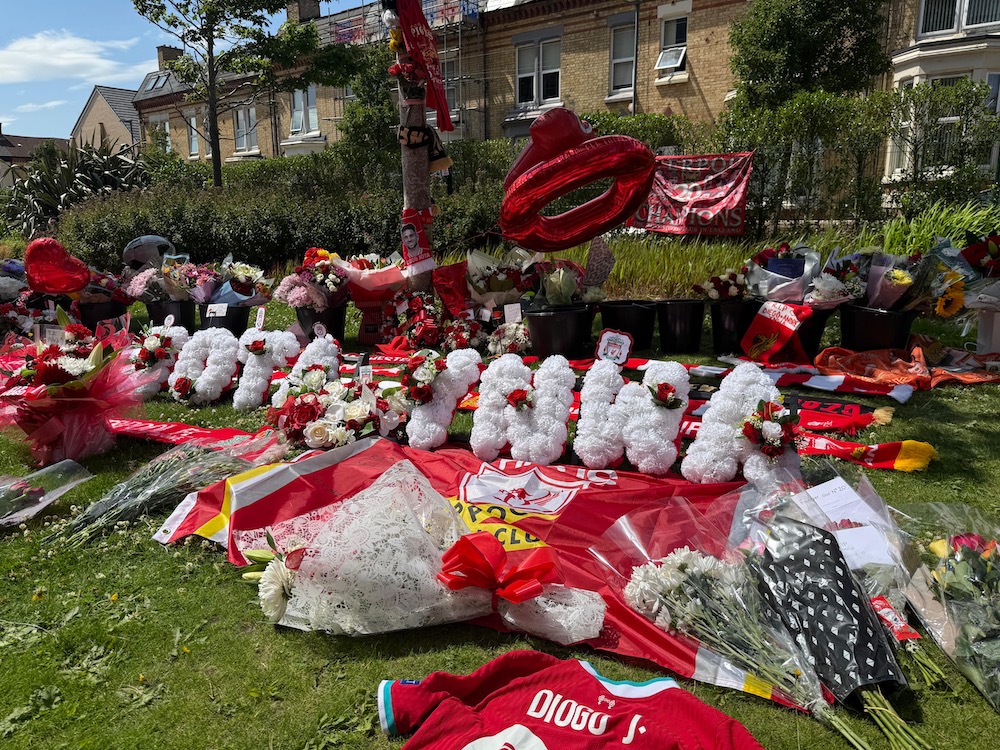
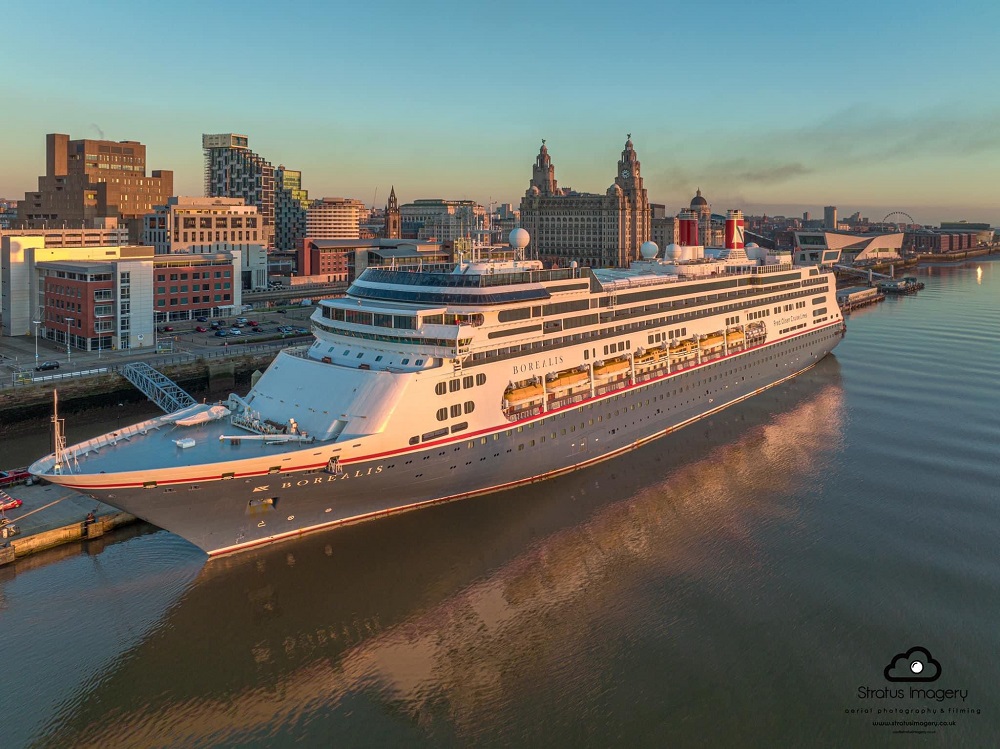


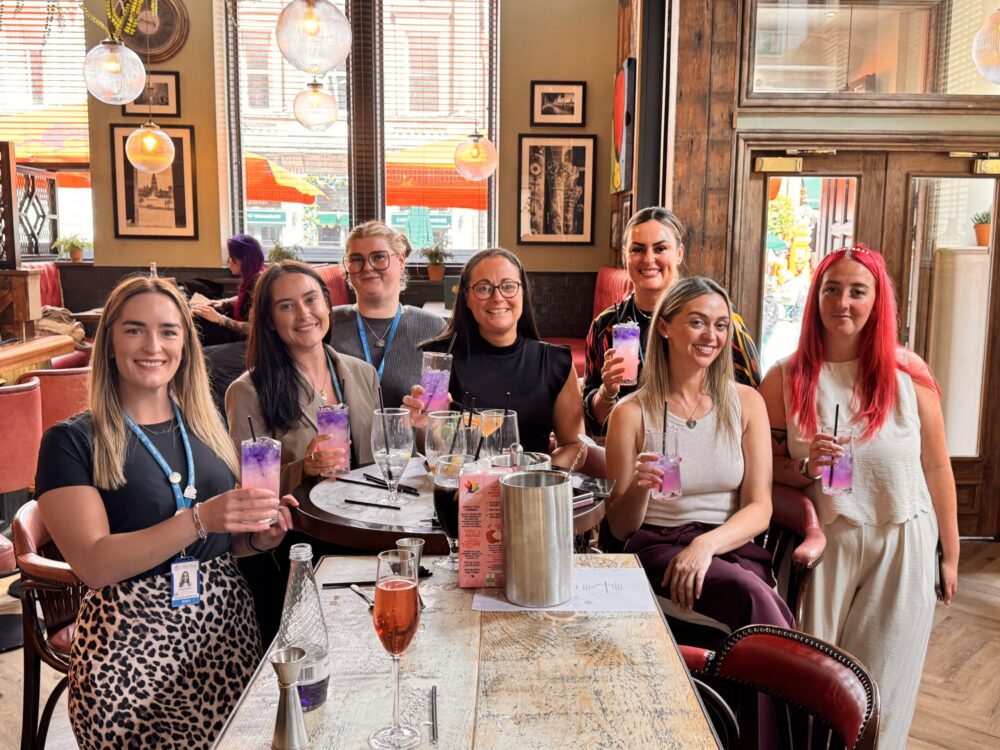
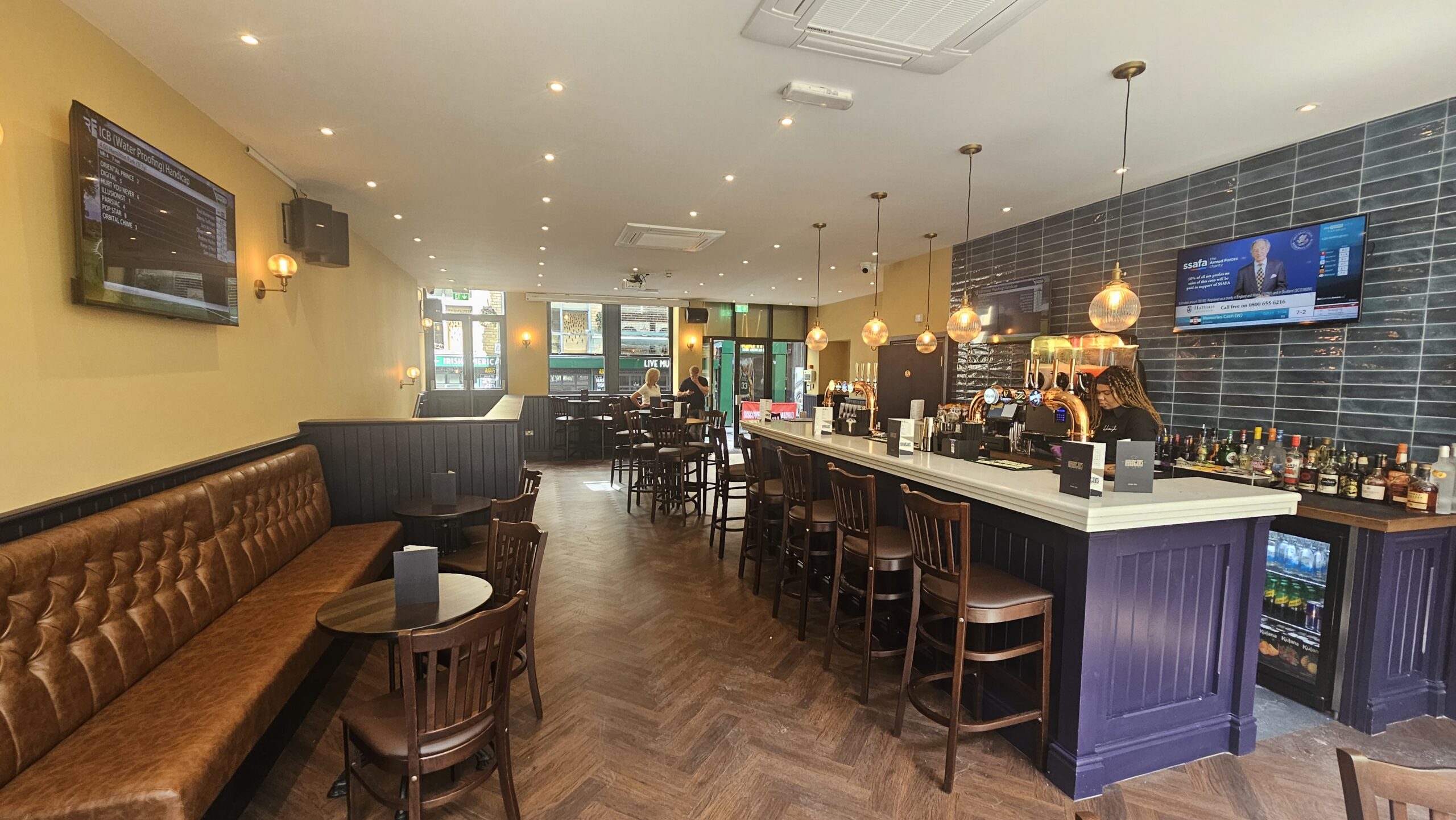
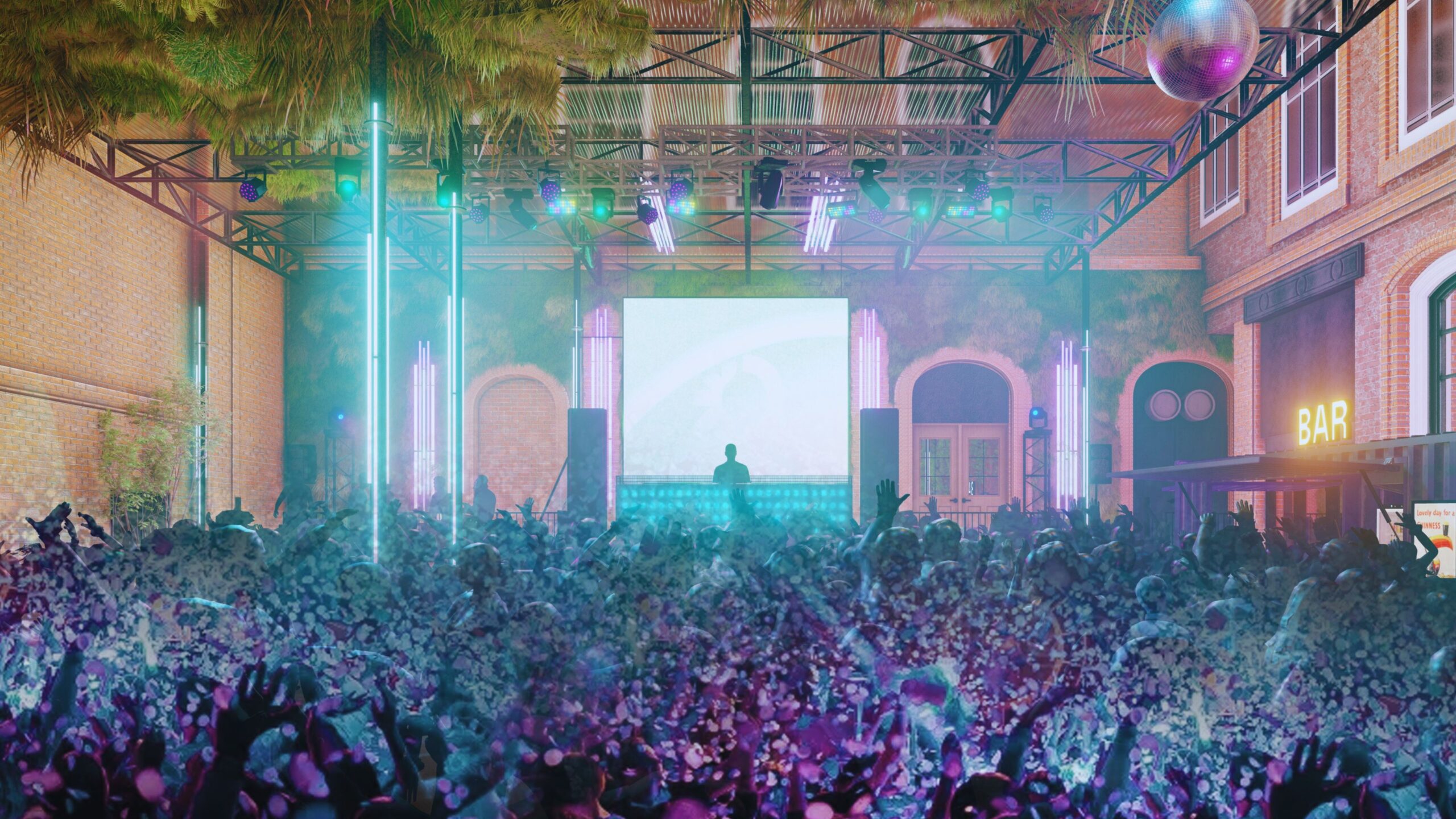
 Subscribe
Subscribe Follow Us
Follow Us Follow Us
Follow Us Follow Us
Follow Us Follow Us
Follow Us Follow Us
Follow Us



